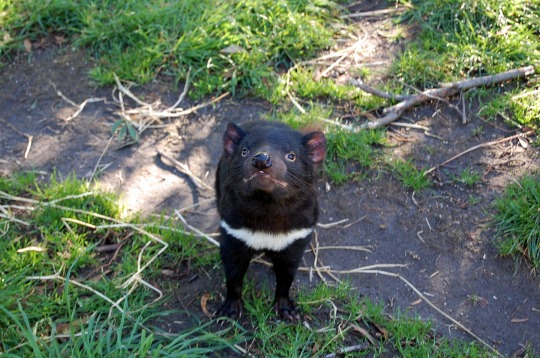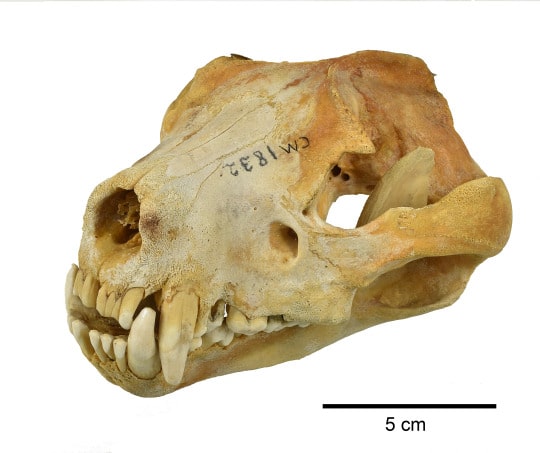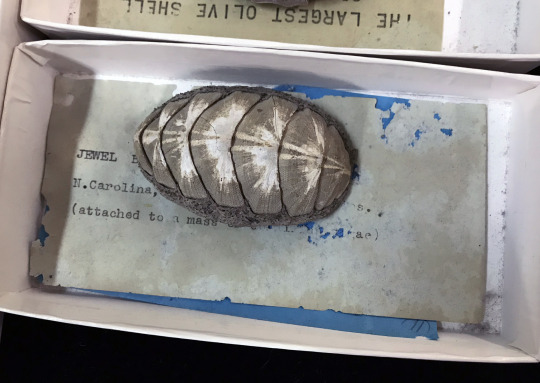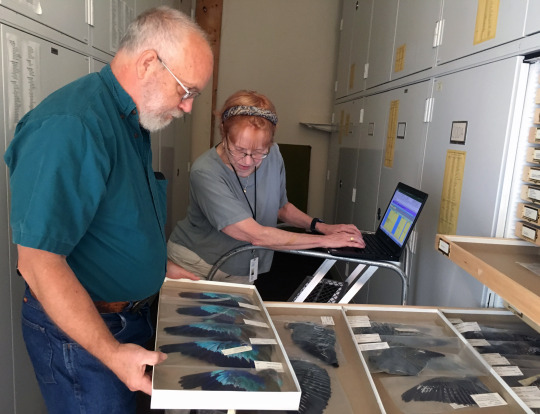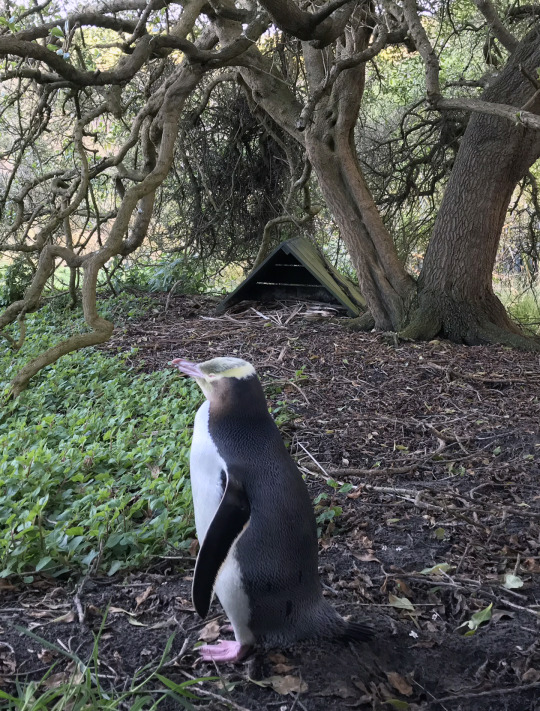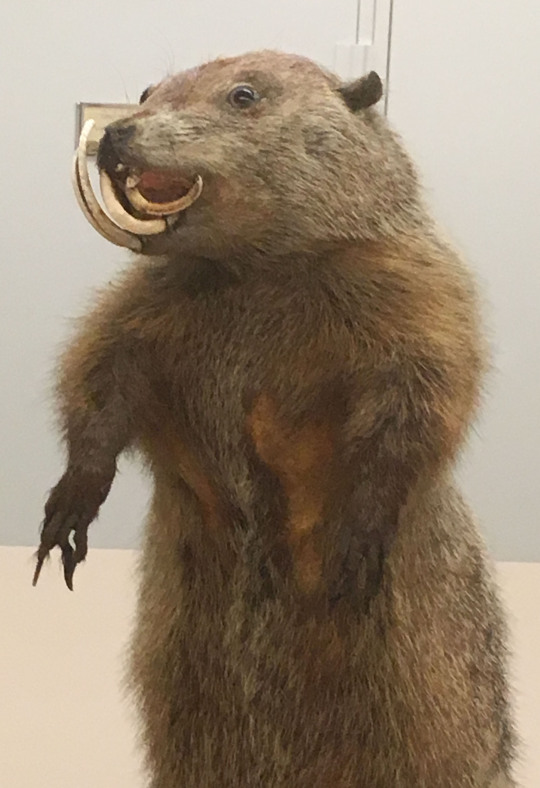by Suzanne McLaren and John Wible
Beginning in 1887 in Punxsutawney, Pennsylvania, the celebration of Groundhog Day has made the groundhog (Marmota monax) a familiar animal to people who live far beyond the range of this species. While this large ground squirrel may get the most publicity, especially on February 2nd every year, there are twelve related species that live elsewhere in North America, Europe, and Asia. In Europe, the Alpine marmot (Marmota marmota), which lives in mountainous areas of the continent’s central and western regions, is particularly well-known. Like the groundhog, it spends most of the year fattening up so that it can survive the winter months by hibernating.
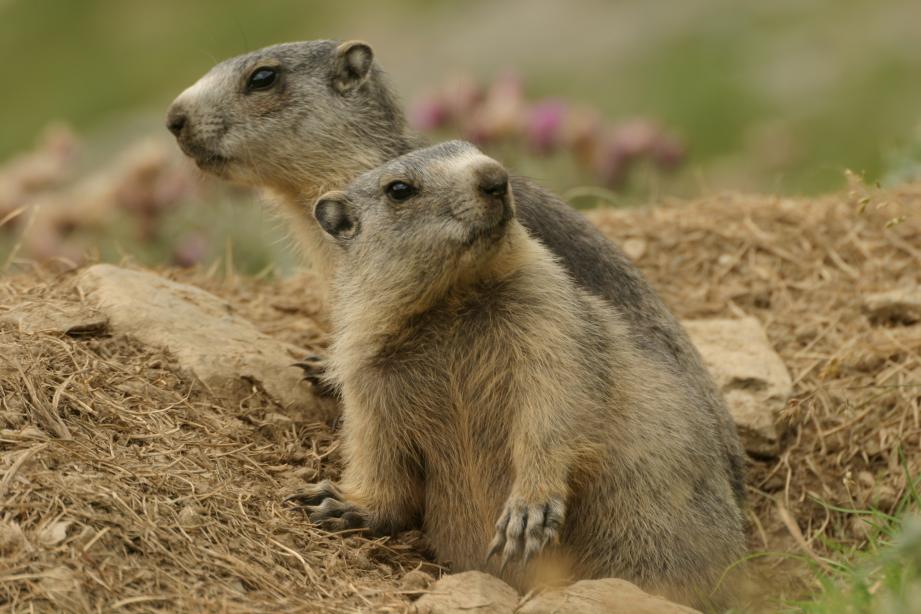
While our local groundhog leads a more solitary existence, the Alpine marmot lives in a communal setting that includes a single breeding pair and around 15-20 of their offspring. They live in underground burrows that are passed down for generations within the family group, expanding over time into complex systems of tunnels. The tunnels eventually lead to a large chamber or den, where the entire family hibernates during the winter months. This concentrates body heat among the group and helps younger individuals to survive. Similar to prairie dogs, family members are friendly and playful with each other, grooming and touching noses when they greet. One individual, serving as a guard at the mouth of the burrow, will give off a loud whistle, to warn the rest of the family about the approach of an enemy – either a predator or even a non-family member of its own species.
Humans have hunted this species for hundreds of years for its meat. They are still hunted by the thousands for sport in Switzerland and Austria, with the large, ever-growing, yellowish-orange upper incisors sometimes displayed on hunters’ belts.
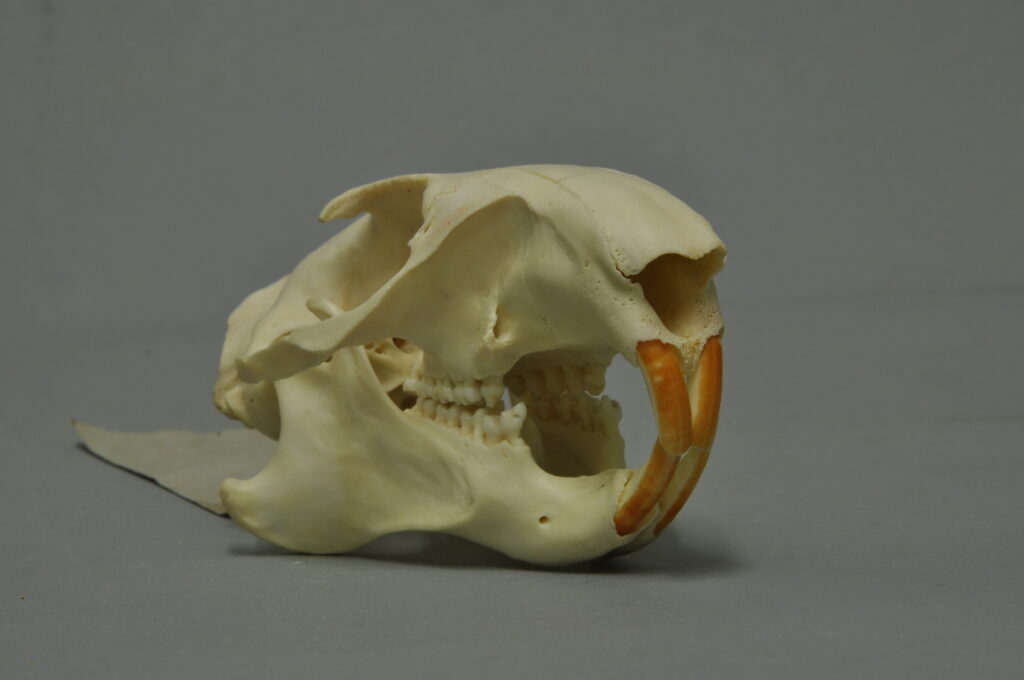
It is also reported that rendered Alpine marmot fat is still sought after as a folk remedy for arthritis. It is not taken internally but rubbed on sore joints.
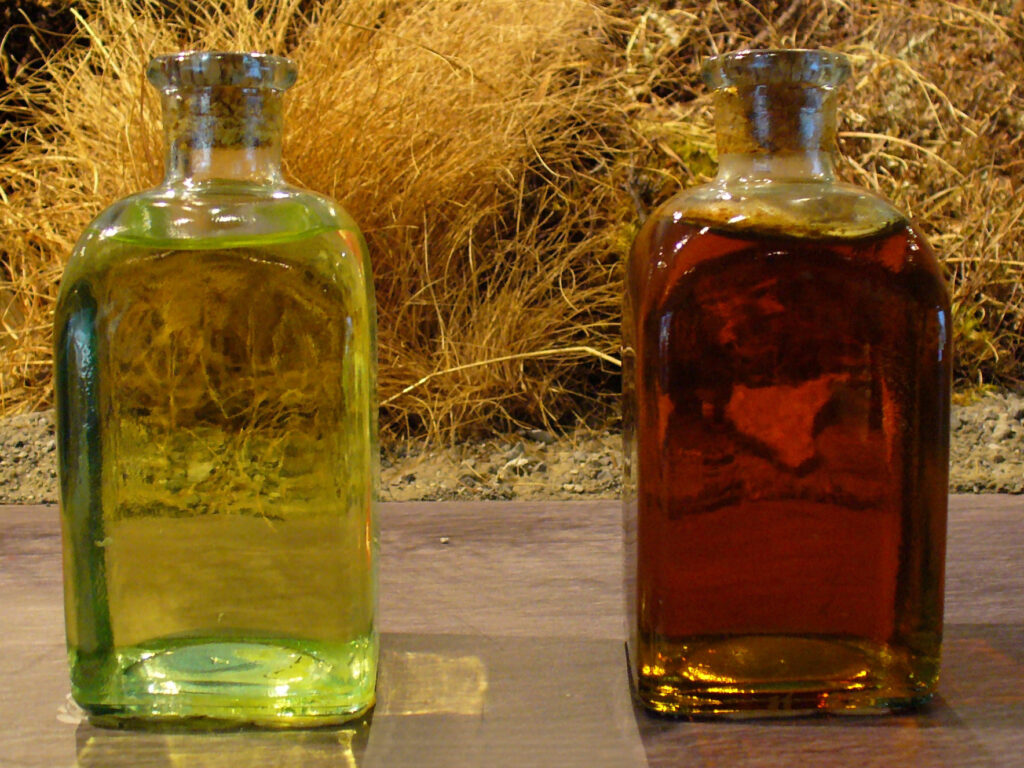
Perhaps the most surprising anecdote about the interaction of humans and the Alpine marmot is the use of the animal for entertainment, though not for weather forecasting like Punxsutawney Phil. Stories of a trained Alpine marmot on a leash, accompanying a “hurdy-gurdy man”, somewhat like the organ grinder and his monkey, date to at least the mid-1700s as evidenced by François Hubert Drouais’ painting Les Enfants d’ Ilustre Naissance. Here, two boys sit together, one playing the hurdy-gurdy, a stringed instrument, and the other holding a dancing marmot on a leash. The traveling entertainer carried his marmot from town to town in a box. If you’ve ever witnessed the belligerent behavior of a local groundhog you might find it hard to believe that any Pennsylvania groundhog, other than Punxsutawney Phil, would allow itself to be led around on a leash or kept in a box!
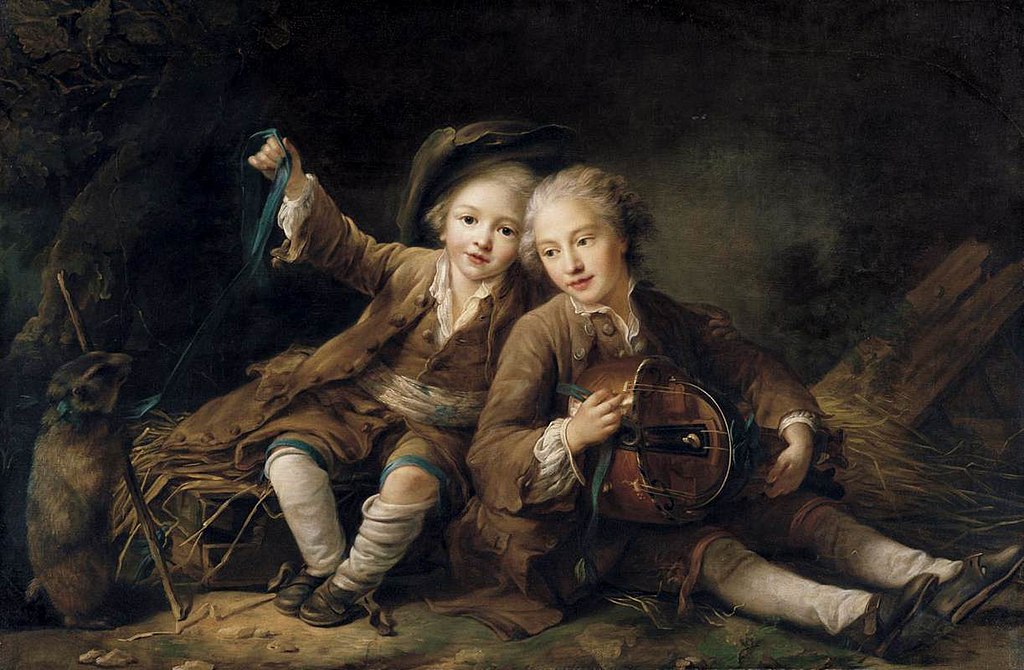
Suzanne McLaren is Collection Manager of Mammals and John Wible is Curator of Mammals at Carnegie Museum of Natural History.
Related Content
Carnegie Museum of Natural History Blog Citation Information
Blog author: McLaren, Suzanne; Wible, JohnPublication date: February 2, 2024
